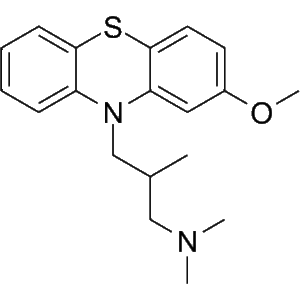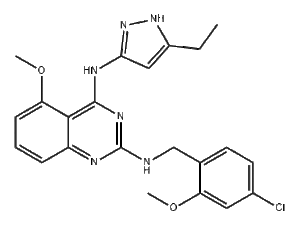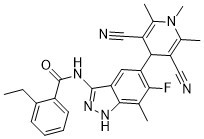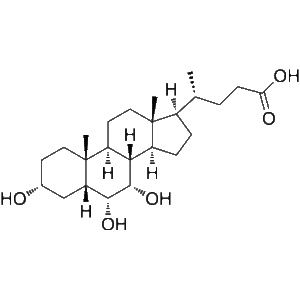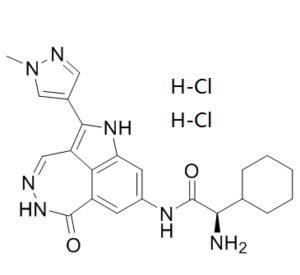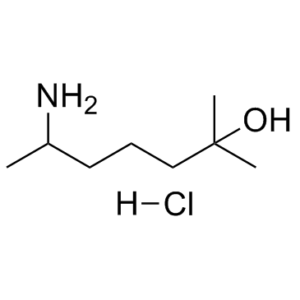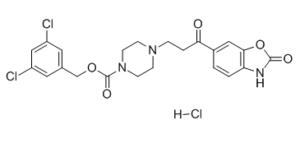(±)-Levomepromazine ((±)-Methotrimeprazine; dl-Methotrimeprazine) is the racemate of Levomepromazine, which is an orally bioactive antipsychotic agent.
GRK6-IN-1, inhibitor of G protein-coupled receptor kinase 6 (GRK6)
Palonosetron N-Oxide, impurity of Palonosetron which is anti-emetic agent used for preventing nausea and vomiting caused by cancer chemotherapy.
(E/Z)-Zotiraciclib citrate (TG02 citrate; SB1317 citrate is a novel and potent CDK2, JAK2, and FLT3 inhibitor with the potential for the treatment of cancer.
BAY-3827 (BAY3827) is a novel, potent and selective AMPK inhibitor with anticancer activity.
DDO-7263, Nrf2-ARE activator
Hyocholic Acid (3α,6α,7α-trihydroxy-5β-cholan-24-oic acid) is a biliary acid found mainly in pig as well as in human urine at low concentrations, in particular, in urine samples from patients with cholestasis. Hyocholic Acid can promote GLP-1 secretion via activating TGR5 and inhibiting FXR in enteroendocrine cells. It is known for its exceptional resistance to type 2 […]
PF-477736 di-HCl (also known as PF-736 diHCl, PF-00477736), the dihydrochloride salt of PF477736, is a novel, selective, potent and ATP-competitive Chk1 inhibitor with Ki of 0.49 nM in a cell-free assay and also inhibits VEGFR2, Aurora-A, FGFR3, Flt3, Fms (CSF1R), Ret and Yes. It shows ~100-fold selectivity for Chk1 than Chk2. By overriding the last […]
Heptaminol HCl (RP-2831), the hydrochloride of heptaminol which is an amino alcohol, is a novel and potent vasoconstrictor used in the treatment of low blood pressure, particularly orthostatic hypotension. It is also used as a myocardial stimulant, vasodilator, and to relieve bronchospasm. Its most common therapeutic use is in orthostatic hypotension. The mechanism of heptaminol’s […]
PF-8380 HCl is a novel, potent and specific autotaxin (ATX) inhibitor with an IC50 of 2.8 nM in isolated enzyme assay and 101 nM in human whole blood. PF-8380 has good oral bioavailability and exposures required for in vivo testing of autotaxin inhibition. Inhibition of ATX by PF-8380 led to decreased invasion and enhanced radiosensitization […]
